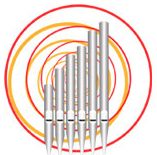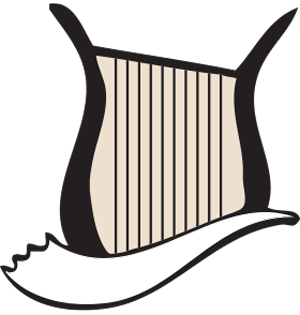Organ no.6 | Liturgical organ of the Latin Patriarchate- Jerusalem
This organ, which belongs to the Latin Patriarchate of Jerusalem, is a very old Italian organ, probably made by Bazzani. The console, built in 1933 by Spath, from Ennebach-Mengen, Wurtenberg, Germany ( opus number 446) belongs to a no-longer existing organ. In the 50’s, the organ had to be repaired and an unknown person offered to “embellish” it, but in fact, he damaged it and disappeared, taking with him a significant part of the pipes. There were more damages, until 1983, when the instrument was restored by Brother Delfino Taboada who did a general rebuilding and added a Voix Humaine stop, which came from the Rieger organ of the Holy Sepulchre.
The instrument was originally placed on the central platform of the nave. It was then moved, but the console remained where it was, thus allowing a choir to stand next to the organist. The organ is today in the right lateral gallery. It is not enclosed and therefore not protected from dust, temperature variations or humidity. The pipes of the Principal 8′ are exposed on the balcony of the gallery.
The organ underwent some repair work made by Czech firm Rieger-Kloss in 1999. A new general repair has been made in 2005 by the Israeli organ builder Gideon Shamir.


